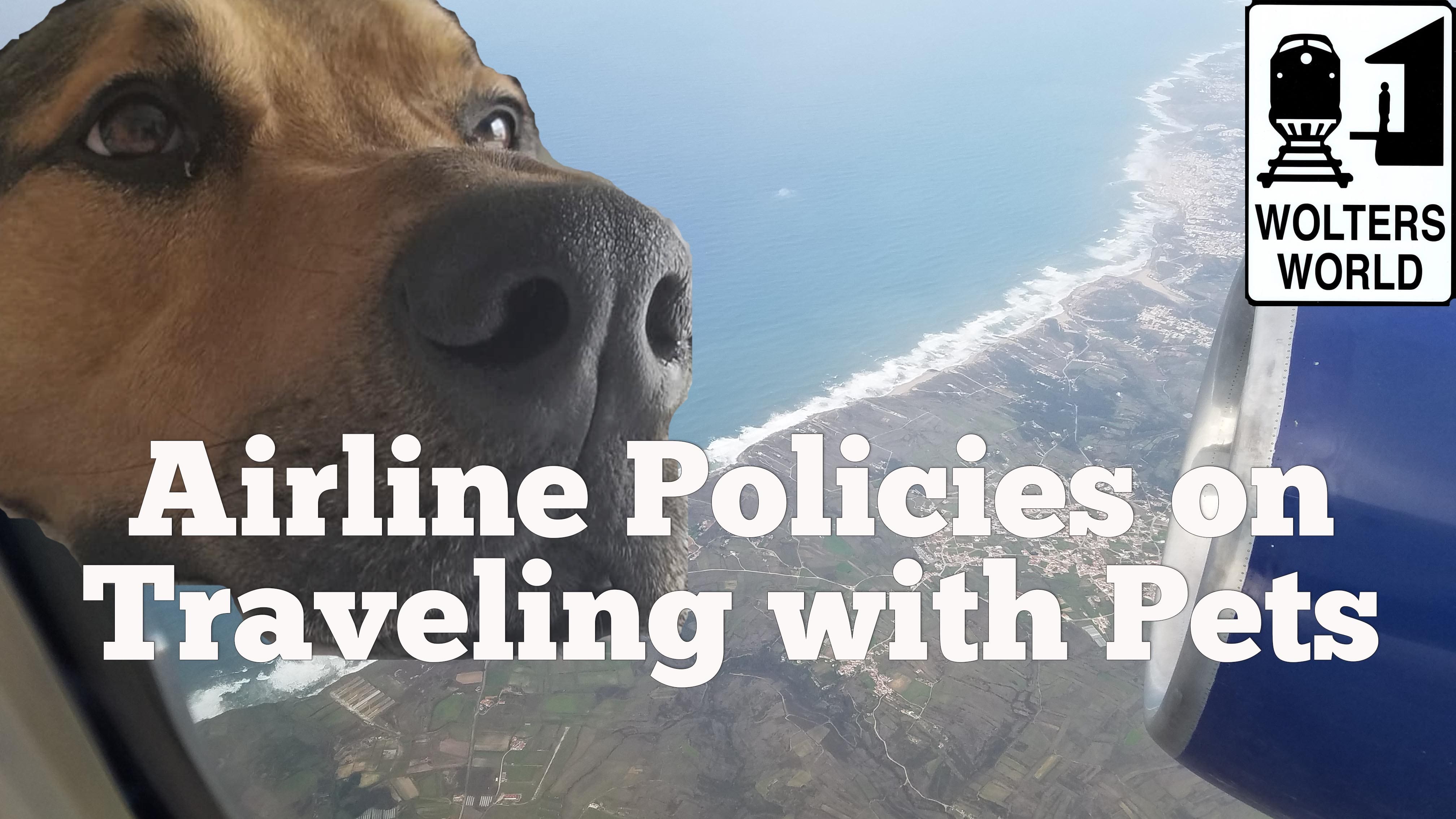Tips To Prepare Air Travel With Pets
Traveling the world can be one of the most fulfilling things in life – even more so if you can travel with your beloved pets. Today’s blog is a special guest post from a pet lover and pet co-traveler.

Your pets can board the plane in three ways. Aside from being with you in the cabin, they could also be transported as a checked baggage cargo or a manifest cargo.
Bringing pets on board planes shouldn’t be a hassle for you, especially if you’re flying to for a vacation. You don’t need unnecessary stress right? Then, check out these handy tips to remember to make air travels with your pets easier.
Pet Travel Tip #1. Booking tickets
Firstly, look for pet-friendly airports that will accommodate you and your pet with less hassle. As much as possible, try to book your flight ahead of time. It’s because some airlines only allow about two passengers with a pet on every flight.
You also would probably have to purchase your tickets in person or over the phone. There wouldn’t be an option for bringing pets through online bookings.
Bringing your pet with you can cost an extra fee that ranges from $75 to $200.
If your budget permits, it is much better to book a direct flight than a connecting one to avoid stopovers. Moving a lot could be very stressful for your pets.
Pet Travel Tip #2. Training them to travel
Weeks before flying with your pet, you can slowly ease them into traveling. Pets who aren’t used to be cooped up in the carrier can be a problem.
Try placing them in the carrier regularly and drive away. Soon enough, they’ll get used to the feeling of moving around.
Practice placing your pet in the carrier and put it in your car while driving. You can also toss in an old shirt inside the carrier so your smell can calm it down.
Pet Travel Tip #3. Veterinarian checks
Your vet should provide a go signal that your pet is fit to travel. Not only that but it’s also necessary that it is complete/updated in vaccinations.
The airline may require a couple of certifications from your vet. Get a copy of your pet’s medical records, as well as a Veterinary Health Certificate which is valid for a month.
Pet Travel Tip #4. The Carrier
It is one of the most vital equipment to have when traveling with your pet. Carriers should be on the size and type approved by the airline and compliant with International Air Transport Association specifications.
It should provide proper ventilation in all sides, a spring lock door, steel fasteners, as well as food and water containers near the door. On the outside of the carrier, there should be a label that indicates that there’s a live animal on it.
There can be a problem if your pet isn’t used to be inside the carrier so it is important to make it a part of the furniture; not some foreign contraption.
Pet Travel Tip #5. Burn that energy
Keeping your pet as active as possible up until boarding can help it burn off too much energy and anxiety.
Pets can get antsy if they are in a closed-off space for a long time. If they are tired enough, they can just nap during the flight and forget about the stress of flying in the first place!
You might think of just giving them a sedative to make things easier. But in reality, you should not give them some unless directed by your vet.
The American Veterinary Medical Association says that dogs should not be given sedatives prior to flying for it can create health problems as your pet is exposed to high altitude pressures.
Pet Travel Tip #6. Getting there
If you’re a frequent flyer, you’re probably used to coming at the airport earlier. However, if ever you ’re with your pets, you should arrive at least 1 additional hour earlier than when you’re alone.
Take note that some airlines collect pet fees during check-in and not over the phone. Ask the airline employees on where you should load your pet if it isn’t staying in the cabin – most likely the cargo area.
Pet Travel Tip #7. Food and water
Although a little water is fine, it is best to avoid giving your pet food about 5 hours before the scheduled flight. This is to limit the potty breaks and other messes.
It’s alright to let it travel on an empty stomach and just feed it after the flight. Pack just a serving of food just in case there’s a delay.

The infographic above is not constantly updated, so do check with your airline before you fly to check on their current policies.
Don’t forget these things if you want to include your pet on your next travels. For more travel tips and knowledge, check out these blog posts and videos.
